It’s been a little over half a century since critics celebrated a cultural and artistic movement that has (for better or worse) been termed the Native American Renaissance. Citing acclaimed writers like N. Scott Momaday, Leslie Marmon Silko, Joy Harjo, James Welch, and Louise Erdrich, the 1970s and 1980s saw Indigenous writers make it into the mainstream in huge ways.
Similarly, half a decade ago, The Paris Review ran an article that pointed to the works of then-rising stars Tommy Orange and Terese Mailhot as evidence of a “New Native Renaissance.” Other contemporary Indigenous writers such as Layli Long Soldier and Tommy Pico (to name just two) garnered similar attention.
Well, here we are in 2023. What’s changed? In some ways, not a whole lot. After all, Native peoples have been writing and telling stories just as long as everyone else. Still, getting those stories published with mainstream presses has been a different story. In fact, in an article in Publisher’s Weekly earlier this year, Nathalie op de Beeck traces some of the changes we’re seeing in the publishing industry (and some we’re not).
With all the material realities of publishing books, the fact remains that there’s a burgeoning of Native North American (not to mention other regions) literature hitting the presses right now. And, thankfully, there’s no end in sight. With books by talented new writers as well as seasoned authors — I’m talking about folks like Stephen Graham Jones, Rebecca Roanhorse, Billy-Ray Belcourt, Morgan Talty, and Tommy Orange — all poised to see their next books in print within just the next six months, there’s plenty of reading to keep you busy for a long time.
I’ve included all manner of books on this list, from novels, short fiction, and poetry collections to essays and nonfiction. Suffice it to say there’s something for everyone on this list. As this year’s National Native American Heritage Month winds down, there’s no reason to stop reading Native writers of Turtle Island. In fact, I’m sharing 12 specific reasons to keep reading!
Never Whistle At Night: An Indigenous Dark Fiction Anthology edited by Shane Hawk and Theodore C. Van Alst Jr.Ooooh, the stories in this book! There are so many amazing tales, and right from the start, you’ll be sucked in. Personally, I sometimes struggle to get into short fiction, but Never Whistle At Night gets its hooks into you from Mathilda Zeller’s opening story “Kushtuka” (the ending is seriously wonderful in its wickedness) and doesn’t let go even after you finish Waubgeshig Rice’s “Limbs” (nightmares, anybody?). This is one of those special volumes where each story is captivating on its own but creates something even more powerful when taken as a whole. If you enjoy horror, you’ll love this anthology. |
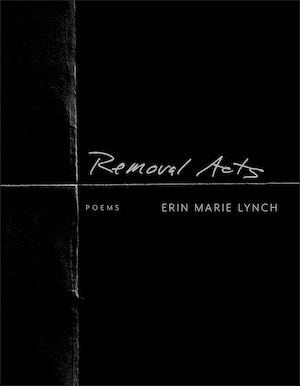
Removal Acts: Poems by Erin Marie LynchThere are many different ways to approach this word removal and its attendant histories, and Erin Marie Lynch does them all so well. The poem weaves together all manner of ephemera — private and public, digital and analog, historical and contemporary, visual and textual — in its exploration of the many ways settler colonial genocidal histories continue to impact the contemporary world. It’s an ambitious and polished collection that offers new discoveries and understanding with each reading. I know a lot of people shy away from poetry, but this is the kind of collection that’ll stick with you if you give it a whirl. |
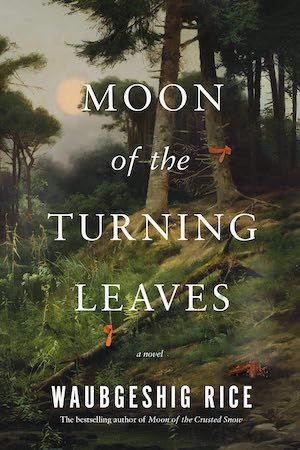
Moon of the Turning Leaves by Waubgeshig RiceRice’s latest novel could be considered a work of eco-horror — and a really interesting one, at that, since nature isn’t the primary antagonist so much as other human survivors. Regardless of how you want to think about Moon of the Turning Leaves, it tells the story of Anishinaabe protagonist Evan Whitesky as he leads a small group of his community on a journey to consider the possibility of returning to their traditional homelands. The story is gripping, to say the least, and it’s a haunting read that’ll linger in the recesses of your mind for quite some time. Note: If you liked Rice’s book Moon of the Crusted Snow, you’d be interested to know that this book is set in the same storyworld, even though the books aren’t part of a series. |
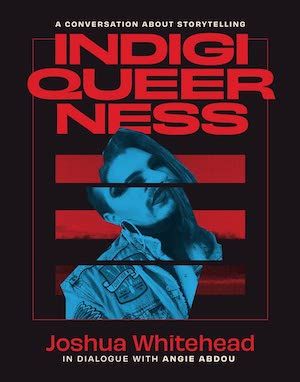
Indigiqueerness: A Conversation About Storytelling by Joshua Whitehead, in dialogue with Angie AbdouJust as the subtitle indicates, this book is very much a conversation between Whitehead and Abdou. Whitehead focuses the discussion on his artistic production in an unconventional form that complements the text’s content. Described as “part dialogue, part collage, and part memoir,” it’s an unusual book that’s geared more toward readers interested in critical theory. Despite that, it’s a very readable book — not your stereotypical academese by any means — that will give you plenty to think about. |
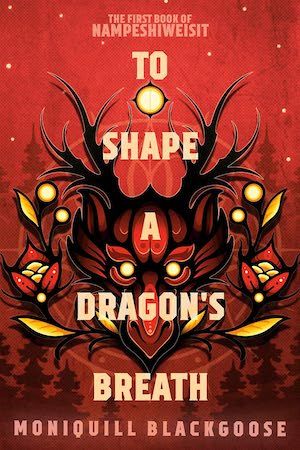
To Shape a Dragon’s Breath by Moniquill BlackgooseAfter reading this book, you’ll be happy to know that it’s the first book of a series: the Nampeshiweisit series, to be precise. Anequs is a strong and spirited young protagonist, and her refusal to conform to the rigid conventions of the fantasy storyworld’s Anglish (colonizing) society is as satisfying as it is integral to the text’s exploration of cultural differences. The fact that Anequs is using formal Anglish education to help her in her role as Nampeshiweisit — a special link between human and dragon — allows Blackgoose to expose the dangers Anequs faces as analogous, in some ways, to those faced by Indigenous peoples living with settler colonialism. To Shape a Dragon’s Breath is a compulsive and thoroughly enjoyable read. |

The Storyteller by Brandon HobsonFair warning: this one’s for young readers. Middle grade readers, as a matter of fact. But it’s such a good story that I couldn’t leave it off this list — and let’s be real: kids’ books are for everyone. Ziggy is a really lovable protagonist, partly because he has such a great voice. His personal struggles with anxiety and his mom’s disappearance years ago lead him down an unexpected path, one that takes the reader into the lively realm of Cherokee stories (which is part of where the book’s title comes from). For a book aimed at young readers, The Storyteller grapples with some very adult issues — and somehow, it manages to do it in an age-appropriate way. |

Truth Telling: Seven Conversations About Indigenous Life in Canada by Michelle Good“Truth is more than fact. In Canada, truth must be unearthed from beneath the myth of Canadian History.” So writes Michelle Good in this small book filled with big messages. Organized into seven chapters (plus a brief introduction), Truth Telling takes as its starting point the Truth and Reconciliation Report‘s position on the truth as a necessity for moving toward reconciliation. From there, Good tackles a wide array of contemporary issues impacting Indigenous peoples in Canada, delving with great clarity into the long histories and conditions that have led to the present moment. |
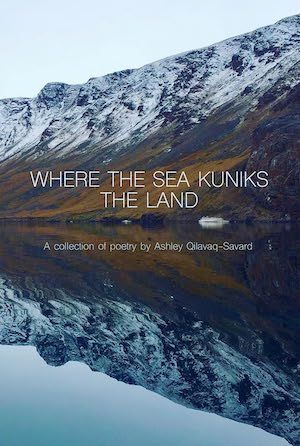
Where the Sea Kuniks the Land by Ashley Qilavaq-SavardThe poems in Ashley Qilavaq-Savard’s collection are striking. Often paired with photographs capturing the Arctic landscape and waterways, the poems situate the reader within the landscape just as the poet writes from that landscape. In “Burrowed,” for example, Qilavaq-Savard writes of interacting with the water for healing purposes before stating that “even in the icy waters, I must remain vigilant of my surroundings, / one can never predict a predator or the form in which they follow.” As the poem progresses, it binds together the poet’s observations of and interactions with the natural world and colonialism’s long-term impact on traditional knowledge ways and practices. This relationship between nature and colonialism manifests in a variety of ways throughout the collection. It’s a powerful book that rests alongside works like Look At This Blue and Habitat Threshold on my shelf. |
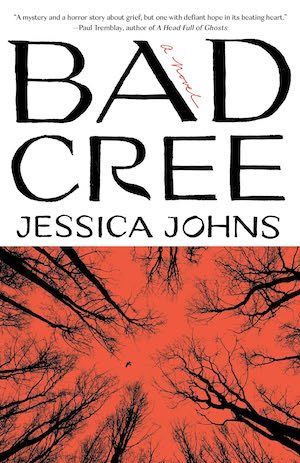
Bad Cree by Jessica JohnsThis horror novel is scary. It’s been a couple of years since Sabrina died, but Mackenzie hasn’t been able to move on. It’s bad enough that she misses her sister, but when her bad dreams start to encroach on her reality, it’s time to go home and sort things out. As the novel progresses, the horror elements deepen, and readers are invited to experience Mackenzie’s community in ways that both illuminate and frighten. The story is captivating for its effective use of horror as much as for its interesting characters and complex plot. |
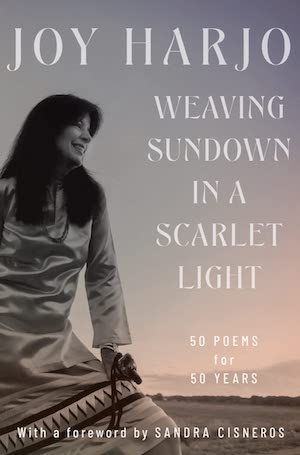
Weaving Sundown in a Scarlet Light: 50 Poems for 50 Years by Joy HarjoUS Poet Laureate Joy Harjo’s poetry is always a moving experience. Her works are so complex and full of emotion, and they’re also so accessible. Published about a year ago, this collection showcases 50 poems selected by the poet herself — one for each of her 50 years as a poet. For readers familiar with Harjo’s oeuvre, the collection makes for a nice retrospective. For those not as intimately acquainted with her work, it’s a beautiful collection to get a sense of her writing. |
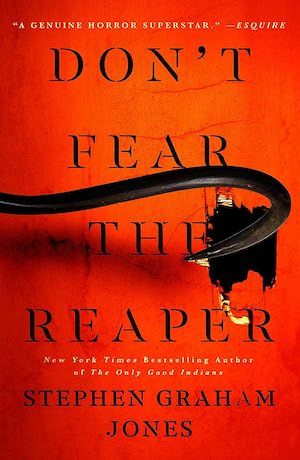
Don’t Fear the Reaper by Stephen Graham JonesFrom one of the most recognized names in horror — Native American or otherwise — this is the second book in Stephen Graham Jones’s Indian Lake Trilogy. (And for those of us who’ve been biting our nails in anticipation of the third installment, The Angel of Indian Lake is due out next spring!) The resilient and salty Jade Daniels may be trying to go by a tamer name, but she’s a final girl through and through, and no escaped serial killer is going to change that. This slasher is the best of its kind, and the intersection of bloodbath and blizzard makes for a wicked good story. |
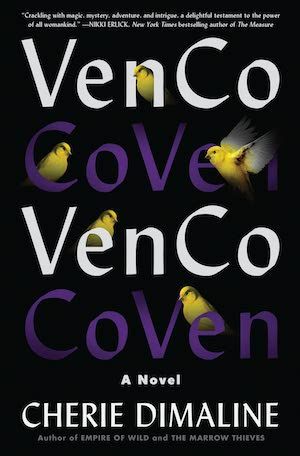
VenCo by Cherie DimalineIt’s hard not to love a novel featuring some badass contemporary witches, a terrifying superhuman witch hunter — if you want to call him that — and a thrilling race against the clock. Put all that in the hands of a storyteller as skilled at crafting riveting tales as Cherie Dimaline is, and VenCo is the result. I love Dimaline’s inclusive coven with its quirky and powerful witches. That witches, the ultimate feminist icon (give In Defense of Witches a read for more in that vein), are cropping up during the contemporary moment isn’t terribly surprising, unfortunately. And what VenCo does with witches and feminism is not only a damn good story but also a highly relevant one. |
Just Getting Started?
There’s way more where these books came from, so grab a cup of tea and your favorite pair of slippers! You’ll have plenty to keep you busy from this list of must-read Native American writers or, for the young (and young-at-heart), the books on this list of Indigenous middle grade novels. Or, if you’re looking for a historical tie-in, try one of the titles on this list of Indigenous historical fiction.
Source : 12 Must-Read New Books by Native Writers of Turtle Island









